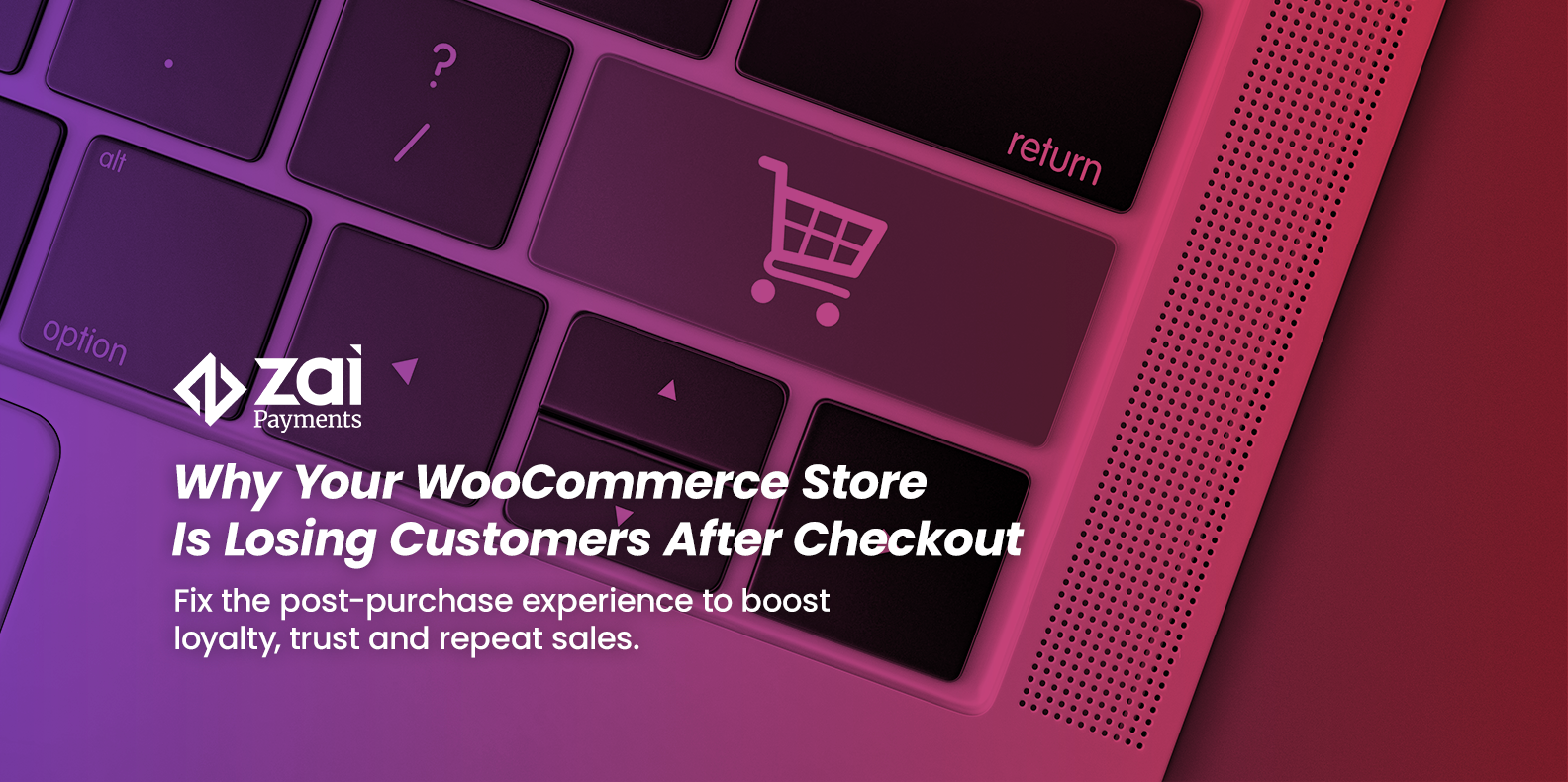With the staggering growth in global online sales and digital commerce fast becoming the leading channel for unprecedented numbers of consumers, it’s essential for marketplace operators to take advantage.
In fact, over 2.14 billion people worldwide are expected to buy goods and services online in 2021, and research indicates that 44% of consumers have tried new brands during the pandemic.
The opportunities these seismic changes afford will only be realised by those who reach new customers through diversifying their offering and attracting more vendors by marketing on both sides. Standing out in an ultra-competitive market is all about offering buyers and vendors a compelling, distinctive experience that targets them effectively.
To help you adapt quickly and grow your market share, we’ve put together some key recommendations to keep your marketing strategy on point.
Make it personal with content
Effective content creates dialogue and builds meaningful engagement with your audiences by talking about the problems they experience, answering their questions and helping them make better decisions.
With so much content noise, consumers being exposed to thousands of pieces each day, it has never been more important to stand out and make sure your voice is heard. Breaking through the noise is all about relevance; knowing exactly what will capture your audience's attention and peak their interest. That relies on understanding your customers and using data driven insights and creative skills, to make sure your messaging is relevant and insightful.
With an ambitious and thoughtful publishing schedule, it’s possible to create a constant flow of new information to foster a sense of community with your audience. Blogs, thought leadership articles, how to guides and visual content all provide vital information and encourage conversations and feedback by showing that you care about your customers and understand their problems.
For multi-vendor marketplaces, getting feedback through interviews and detailed conversations is a surefire way to power up your content insights. Be aware of the conversations your support agents are having and use issues they encounter to ideate content. To attract vendors to your marketplace, create content to engage with niche online product forums and social media groups.
For both buyers and vendors, regular newsletter are a great way to showcase the best of your content and provide information on new products and services and share company news.
Maximise your marketplace SEO
Search Engine Optimisation (SEO) is regarded by some as a highly complex business, perhaps because there are so many strands to it and ways it can be applied. In truth, the main reason there is a sense of mystique around the topic is that powerful search engines like Google don’t tell anyone their formula or algorithm for favouring one website, webpage or piece of content over another.
What is evident is that search engines rank certain assets over others based on their ability to resolve the problem or issue the user is searching for. In other words, webpages that are most relevant and provide the best user experience are the ones most favoured in search results. Of course, as well as experiential elements there are technical aspects to SEO that should be in place to help search engines find and recognise the best pages and user experiences.
That’s why, instead of falling down the SEO rabbit hole, or even having to employ an SEO expert, the best thing to do is understand the basic fundamentals and make sure they are in place. The four SEO pillars to improve your visibility to search engines are technical SEO, on-site optimisation, off-site SEO and content.
Start by knowing your baseline metrics are how you’re currently performing against them. These will include, but are not limited to organic traffic, click through rates, bounce rates, domain authority, backlinks and referral traffic, page speeds and conversion rates.
Next, perform a simple SEO audit of your marketplace website. Tools such as Ahrefs, SEMrush and MySiteAudtor are good places to start, there are also free tools available online. Be sure to make use of webmaster tools and Google Analytics to score site pages and suggest improvements.
Once you know how you’re performing and what to improve, you can set realistic and achievable improvement goals. Your strategy should include performing research to review your keywords and long tail phrases to make sure they are relevant and applicable for your target market. Google’s emphasis on content quality should then see you improving onpage SEO by optimising HTML tags, meta descriptions, keyword density and positioning and internal linking structures.
To attract both buyers and sellers use keywords that are applicable to both. You could even provide SEO guidelines to help vendors optimise their product listings. Above all, remember that SEO is not an instant fix, it’s a process of steady improvement, so don't be afraid to get started.
Get omnichannel active
To attract vendors and buyers to your marketplace website and ultimately drive sales, it’s essential to raise awareness about your brand and product offerings. Omnichannel marketing uses both digital and more traditional marketing channels to deliver relevant messages to a brand’s consumers, regardless of who the customer is or the channel they use to engage.
Understanding the unique features and user behaviours for each channel, be it LinkedIn, Facebook or Twitter, to name a few, will enable a consistent brand experience that helps your online community prosper and grow.
It takes time to create organic and paid search campaigns and successful ads, as they should contain platform-specific variations in terms of text, visual content and calls to action. Understandably, many brands end up concentrating on one or two channels that they know work, without considering how they could reach both buyers and sellers on other platforms, using short videos on TikTok, mood boards on Pinterest and Instagram stories, for example.
Interaction is key to increasing engagement and growing subscribers, options like live Q&As, polling and product demos can offer opportunities across multiple platforms by inviting dialogue with your audience. The questions, discussions and observations you encourage can then be used to craft written content to promote to relevant groups and seller forums.
Not only that, social networks are steadily emerging as online shopping channels, with an opportunity to further develop your social presence and market to and serve customers based on their preferences.
Optimise for mobile devices
It’s a commonly known fact that mobile devices are now the main source of web traffic. There is now an expectation that the mobile experience you offer will be just as good, or even better, than that of a non-mobile device. Offering a poor experience on mobile or making it difficult to complete transactions will simply result in lost engagement, sales and customer retention.
On the other hand, there is a significant opportunity to reimagine what being mobile-friendly actually means and improve all those critical customer touchpoints. While mobile apps still have their place, often today's consumers are looking for alternatives that offer a more authentic, personalised experience. So how can you implement that mobile-first mindset?
Voice Search
Studies indicate that each month one billion voice searches are made. So, it's a good time to start thinking about SEO with voice search in mind. That means optimising content for both mobile readability and voice search. Note that voice searches are longer and can often be full questions, while voice search is also focused on the user's location to provide the optimal solution.
Mobile Payment Technology
Mobile is fast becoming the preferred way of researching and paying for retail purchases. Mobile payment options need to be as safe, reliable and convenient as desktop. With more payment providers than ever, it could be time to explore the best options.
Content for Mobile
Mobile ads are increasingly seen as interference by consumers who frequently use ad blockers to turn them off. By creating mobile optimised content that offers customers value, even if it is promotional in nature, brands can still benefit from the growing number of people who read on their mobile.
Chatbots
Use chatbots to provide a more direct, real-time method of interacting with customers. Bots are becoming smarter with a host of new functions and uses, use them to engage with and learn more about your customers.
User-generated Marketing
You just can’t have enough reviews, testimonials, user quotes and personal recommendations. Consumers trust them and want to see and hear the views of real people.
Conclusion
The current crisis and the resulting changes in consumer behaviour have amplified the importance of maximising digital revenue streams. These marketing strategies will help you sell more and better engage end customers, which in turn will help attract more vendors.
By increasing engagement and growing traffic with better content and SEO practices and tapping new consumer segments with a distinctive omni-channel presence and superior mobile experience, you can increase sales.
With consumers continuing to research and shop for products and services in the most convenient way, improving your reach with these digital marketing tactics is surely a future-proof strategy.
This information is correct and updated as of March 2021. This information is not to be relied on in making a decision with regard to an investment. We strongly recommend that you obtain independent financial advice before making any form of investment or significant financial transaction. This article is purely for general information purposes.
Sources:
https://keap.com/business-success-blog/marketing/branding/9-mobile-marketing-trends-2019
https://cedcommerce.com/blog/how-a-marketplace-marketing-strategy-helps-to-market-and-boost-sales/
https://www.statista.com/statistics/251666/number-of-digital-buyers-worldwide/
https://www.wordstream.com/blog/ws/2020/11/23/content-marketing-trends
https://cedcommerce.com/blog/how-to-attract-sellers-for-my-ecommerce-marketplace-website/



